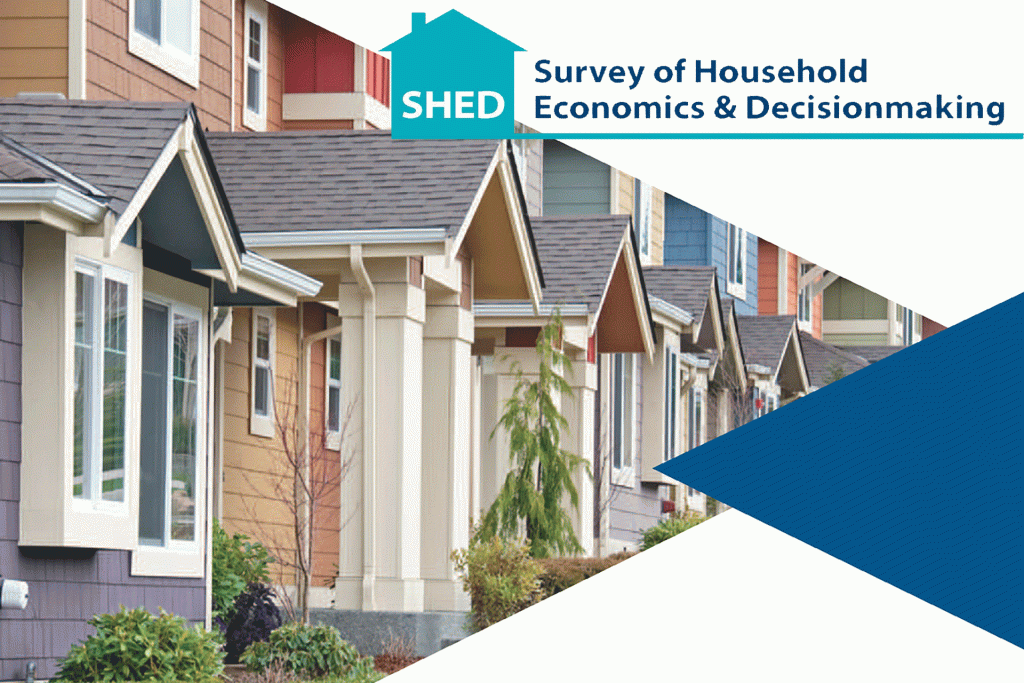Board of Governors
-

The quarterly catch-up, Q2 2024
Check out the latest community development-related research, analyses, and articles from all 12 Federal Reserve Banks and the Board of Governors. This post captures content published between April 1 and June 30, 2024, on topics affecting marginalized communities.
-
![[Watch] The Economic Well-Being of U.S. Households in 2023](https://fedcommunities.org/wp-content/uploads/2024/04/1920-x-1280-CC-July-13.jpg?w=1024)
[Watch] The Economic Well-Being of U.S. Households in 2023
In this Connecting Communities webinar, researchers from the Federal Reserve Board of Governors shared findings from the survey on trends in financial well-being. Based on the survey results, they answered attendees’ questions about the financial conditions among low- and moderate-income populations.
-

Facing the future solo: Understanding obstacles for single women and retirement
Women encounter specific challenges in retirement planning, including pay and wealth disparities that affect their savings and financial stability.
-

Economic Well-Being of U.S. Households in 2023
The Federal Reserve’s Survey of Household Economics and Decisionmaking tracks financial circumstances and risks for low- and moderate-income families. This year’s survey includes topics like inflation, emergency savings, and new areas such as food sufficiency and caregiving.
-
![[Infographic] Looking under the hood of the auto finance market](https://fedcommunities.org/wp-content/uploads/2024/03/auto-lending-header.jpg?w=1024)
[Infographic] Looking under the hood of the auto finance market
Purchasing a car is a big deal for most households. But when financing that purchase—a common choice for US consumers—things can get complicated.
-

Supporting women and work-life balance in today’s economy
Explore the real stories of four women striving for work-life balance, as revealed through the Aspen Institute’s Women in the Economy survey. They share their ideas about how the economy might work better for women.
-

Is the racial wealth gap closing as more people of color buy homes?
Homeownership is still a major way average families build wealth, and recent data show racial and ethnic homeownership gaps began to lessen slightly during the pandemic. Does this mean the racial wealth divide will shrink?
-

A conversation on economic inequality and labor market disparities
This podcast explores the challenges of labor market disparities and economic inequality. Dr. Niki vonLockette shares insights into systemic discrimination and policies for equal employment opportunities.
-

Lifting voices: The power of Fed community development advisory councils
The Fed involves community development advisory councils to consider diverse perspectives from low-income communities when making decisions about monetary policy.

